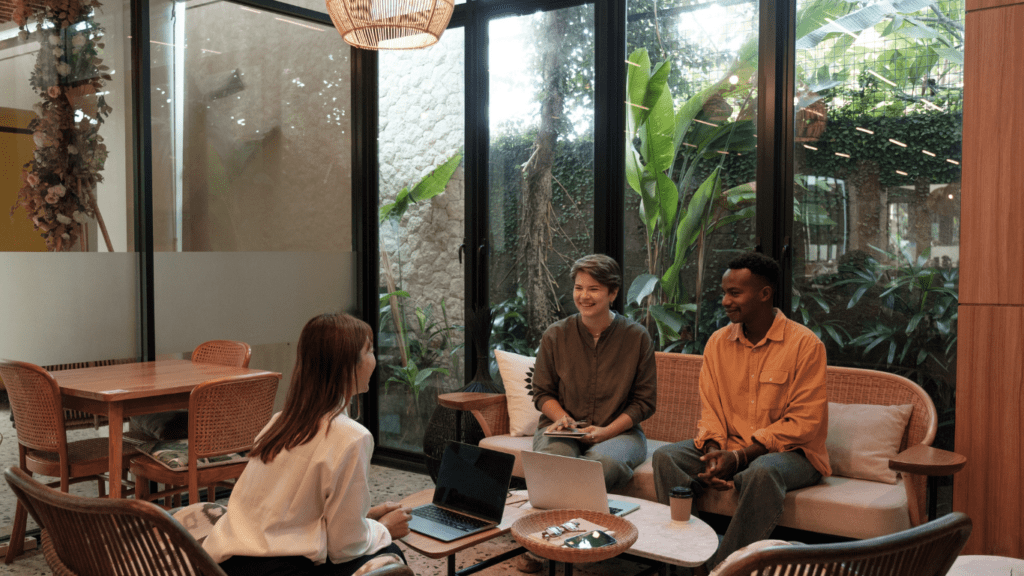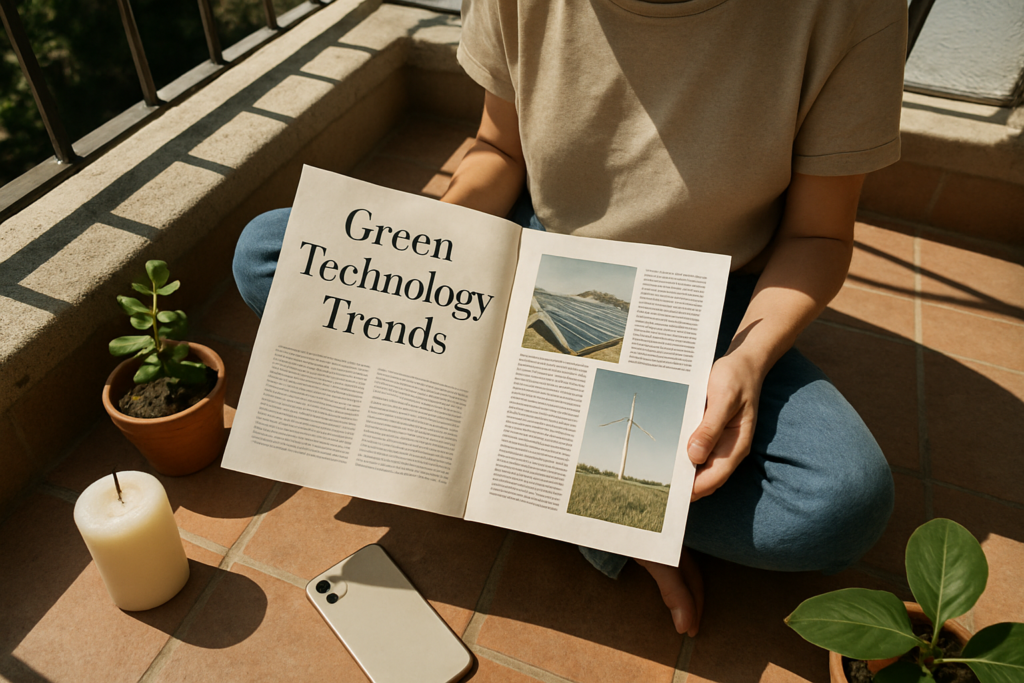Understanding Eco-Friendly Office Environments
Creating an eco-friendly office environment requires an understanding of sustainable practices. These practices help reduce negative environmental impacts while fostering a healthier workspace.
What Does Eco-Friendly Mean in an Office Context?
Eco-friendly in an office context refers to practices that minimize environmental harm. These include reducing waste, using energy-efficient equipment, and promoting recycling.
For example, replacing single-use plastics with reusable items significantly cuts down on waste. Implementing digital alternatives to paper documents and using energy-efficient lighting also contributes to sustainability.
An eco-friendly office often incorporates green building materials and prioritizes natural light, reducing the need for artificial lighting.
Benefits of an Eco-Friendly Office
An eco-friendly office provides multiple advantages:
- Reduced Costs: Energy-efficient appliances and reduced paper use lower operational costs over time.
- Improved Health: Better air quality and natural lighting enhance employee well-being, reducing sick days.
- Increased Productivity: A sustainable work environment fosters employee satisfaction, increasing overall productivity. Studies have shown that workers in green-certified offices have higher cognitive function scores.
- Positive Brand Image: Companies adopting eco-friendly practices often attract customers and employees who value sustainability. Businesses can improve their market position and customer loyalty by demonstrating environmental responsibility.
Through these benefits, an eco-friendly office positively impacts both the environment and the organization.
Essential Elements of an Eco-Friendly Office
Creating an eco-friendly office requires conscious choices about energy use, supplies, and daily practices. Each element contributes to a sustainable and healthier work environment.
Energy Efficient Appliances and Lighting
Integrating energy-efficient appliances and lighting significantly reduces power consumption. For example, LED light bulbs use up to 75% less energy than incandescent bulbs and last 25 times longer.
Similarly, ENERGY STAR-rated office equipment, including computers, printers, and microwaves, consumes less energy in standby mode and active use, lowering utility bills.
Sustainable Office Supplies
- Opting for sustainable office supplies minimizes waste and supports eco-friendly practices.
- Use recycled paper products and encourage digital documentation to cut down on paper usage.
- Select non-toxic, biodegradable cleaning agents and refillable pens instead of disposable ones.
Implement these choices to reduce office waste and promote sustainability actively.
Reducing Waste in the Office
Reducing waste in the office plays a crucial role in creating an eco-friendly workspace. By focusing on key areas like recycling programs and paper reduction, we can significantly minimize our environmental impact.
Implementing Recycling Programs
Implementing recycling programs helps manage waste effectively. I designate specific bins for paper, plastic, and metal, placing them in common areas like kitchens and break rooms.
Communication is essential, so I regularly remind everyone about proper disposal methods through emails and posters. Partnering with a local recycling company simplifies waste collection, ensuring materials are handled correctly.
Reducing Paper Usage
Reducing paper usage cuts down office waste significantly. I promote digital alternatives such as cloud storage and e-signatures for documents to decrease paper dependency.
To minimize printing, I’ve set default double-sided printing on all office printers and encourage printing only when absolutely necessary. Using recycled paper for mandatory print jobs further supports sustainability efforts.
Enhancing Office Air Quality

Air quality significantly impacts the health and productivity of employees. It’s crucial to take steps to ensure clean air within the office space.
Using Non-Toxic Cleaning Products
Using non-toxic cleaning products helps maintain indoor air quality. Traditional cleaning products often contain volatile organic compounds (VOCs) that can cause respiratory issues.
Eco-friendly cleaners, such as those certified by Green Seal or EPA’s Safer Choice, are free from harmful chemicals. For example, using a vinegar-based solution instead of ammonia-based glass cleaners can significantly reduce indoor pollutants.
Incorporating Plants and Green Spaces
Incorporating plants improves air quality while creating a more inviting atmosphere.
- Plants absorb CO2 and release oxygen, making the air cleaner.
- Some effective indoor plants include spider plants, snake plants, and peace lilies.
- Adding green spaces, like a small office garden or plant walls, can further enhance the air quality.
- Studies show that green spaces also reduce stress and increase productivity among employees.
Engaging Employees in Sustainability
Engaging employees in sustainability is vital for creating an eco-friendly office. Empower them to participate in green initiatives through education and incentives.
Education and Awareness Programs
Educate employees about sustainability through workshops and seminars. Provide resources on waste reduction and energy conservation. Ensure ongoing awareness with regular updates and newsletters.
Highlight the benefits of green practices, such as improved health and reduced costs, to motivate participation. Offer online courses on eco-friendly practices to reach remote workers. Use posters and infographics in common areas to reinforce key messages.
Incentives for Eco-Friendly Practices
Offer incentives to encourage eco-friendly behavior. Provide rewards, like gift cards or extra time off, for participating in recycling programs or using public transportation.
Recognize employees who make significant contributions to sustainability efforts. Create competitions to foster friendly rivalry and engagement, such as challenges to reduce energy usage or waste.
Incorporate sustainability goals into performance reviews to emphasize their importance. Support carpool programs and provide subsidies for eco-friendly commuting options.


 is the visionary founder of Eco Elegance Technique, a platform dedicated to blending sustainability with beauty and fashion. With a background in environmental science and fashion design, Lauranne has spent her career pioneering eco-friendly practices in both industries. Her work has influenced a shift towards ethical sourcing, waste reduction, and the use of organic materials. Passionate about education, she frequently speaks at conferences and works to inspire others to embrace a sustainable lifestyle.
is the visionary founder of Eco Elegance Technique, a platform dedicated to blending sustainability with beauty and fashion. With a background in environmental science and fashion design, Lauranne has spent her career pioneering eco-friendly practices in both industries. Her work has influenced a shift towards ethical sourcing, waste reduction, and the use of organic materials. Passionate about education, she frequently speaks at conferences and works to inspire others to embrace a sustainable lifestyle.
